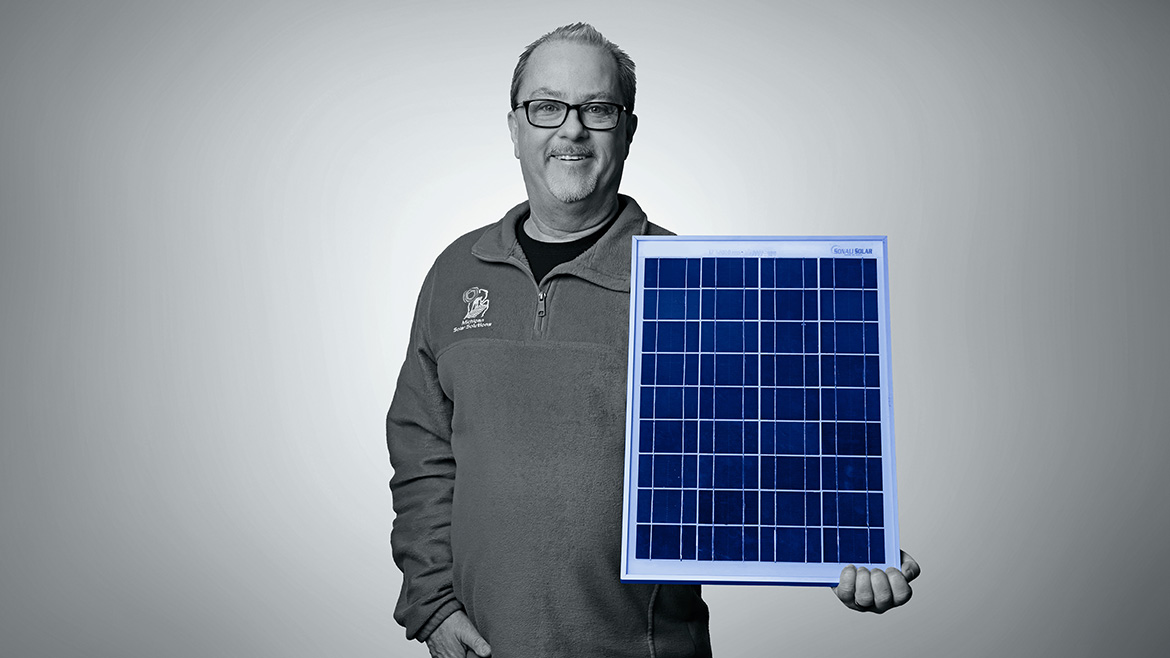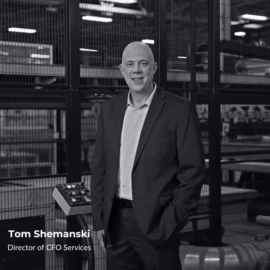
The Inflation Reduction Act (IRA) was enacted in August 2022, with the aim of facilitating the shift toward a clean energy economy. It amplifies and extends energy incentives for a diverse array of eco-friendly technologies, presenting a multitude of clean energy benefits for manufacturers. Moreover, the IRA provides additional funding for the advanced energy manufacturing credit and expands the types of projects that are eligible. This law not only broadens the range and value of available tax credits but also allows taxpayers to capitalize on their credits by selling them directly to unrelated third parties. If your business is considering any clean energy projects, here’s what to know before you begin:
What Technologies & Projects are Eligible?
The IRA is designed to incentivize the adoption of a wide variety of clean energy technologies and projects. Some examples your business could consider:
- Solar panels, wind turbines, geothermal, and many other clean energy technologies
- Alternative-energy vehicles and charging stations
- Energy storage technology
- Certain energy-efficient building properties, such as LED lighting, HVAC systems, and components of a building envelope
How Can My Business Benefit?
The credit and incentive amounts are calculated based on either the amount of clean energy produced, the amount of qualified investment made, or the energy efficiency gained. Different rates and percentages apply, depending on the type and scope of the project. The IRA also introduced bonus amounts that are contingent upon the specific facts and circumstances of each project, such as location, size, and the nature of the technology used. These bonuses are intended to incentivize projects with potentially higher environmental impacts.
Below are some examples of the tax incentives and funding now available:
Investment Tax Credit (ITC)
The ITC provides a tax credit based on the amount of qualified investment made during the year. Depending on the specific facts and circumstances of each project, the credit can range from 6% to over 50%.
Production Tax Credit (PTC)
The PTC provides a tax credit based on a per kilowatt-hour (kWh) for electricity generated by qualifying technologies for the first 10 years of a system’s operation. The credit can be up to 3.35 cents per kWh, depending on the specific facts and circumstances of each project.
Transferability of Energy Tax Credits
Another unique feature: Rather than waiting until your business is in a taxable position, you can sell your clean energy credits to unrelated taxpayers to gain an immediate cash benefit. Transferability also presents an opportunity to C-corporations and individuals with passive income. Credits can be purchased by these taxpayers to offset tax liabilities. Typically, credits sell at a discount (usually between $.88 and $.95 on the dollar).
Energy Efficient Building Property Deduction (Section 179D)
Section 179D offers a tax deduction for energy efficiency improvements to commercial buildings. Owners can claim deductions for upgrades to lighting, HVAC, and the building envelope that meet specific energy savings targets. The deduction amount is based on the square footage and the percentage of energy cost reduction achieved, encouraging the adoption of energy-saving measures in commercial properties.
Grants and Refunds
Beyond tax credits, potential grants and refunds are available to further ease the financial burden of investing in green technologies. These financial supports can be sourced from both federal and state programs, enhancing accessibility, and reducing upfront costs for eligible taxpayers.
The IRA and its clean energy incentives present a significant opportunity for manufacturers and industrial companies to invest in renewable energy projects. By understanding the various credits, incentives, and funding options available, businesses can make informed decisions that not only contribute to a cleaner environment but also provide substantial financial benefits. As we move towards a more sustainable future, these incentives serve as a catalyst for innovation and growth in the clean energy sector.
Anthony Licavoli is the director of Rehmann’s tax consulting team, which boasts several specialists with experience investigating, analyzing, and calculating energy tax credits and incentives. Please call 248.463.4598 for more information on claiming these benefits.





